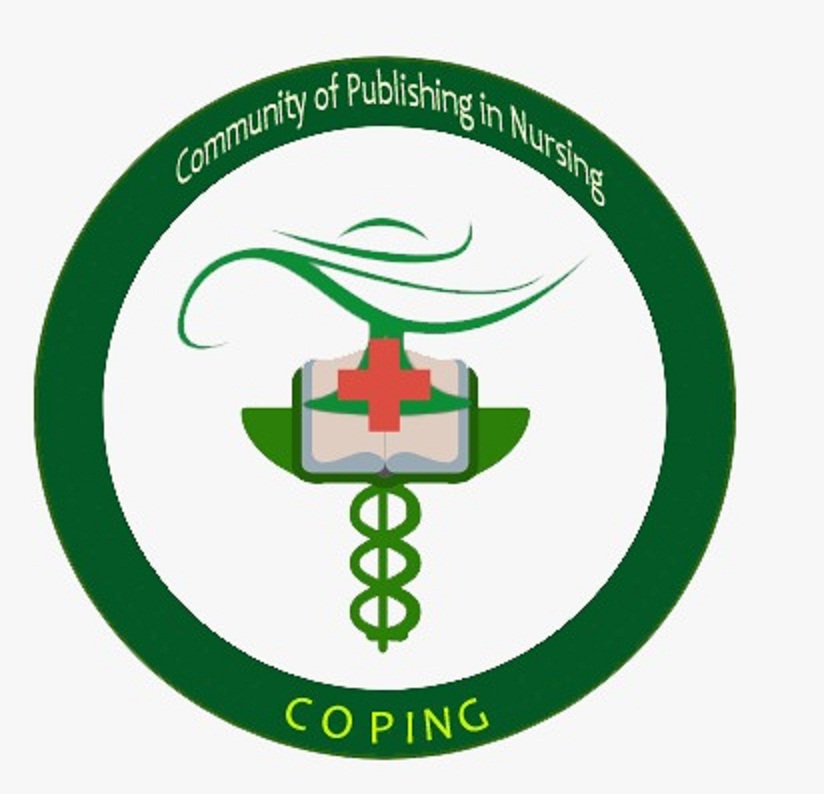ANALISIS PENGGUNAAN DIAGNOSIS KEPERAWATAN BERBASIS SDKI DAN NANDA
Abstract
Nursing care is a scientific method in the development of the scientific nursing body of knowledge. Nursing care is a means of developing the discipline of nursing and nursing practice that characterizes nursing and distinguishes the nursing profession and other professions. This development can be done continuously through nursing research. SDKI and NANDA are the two diagnostic standards used in the provision of nursing care in Indonesia. The ability of nurses to perform the nursing diagnosis stage in nursing care is very important because it will influence the stage of goal setting and intervention as well as evaluation and documentation. The general objective of this study was to determine the differences in the application of nursing diagnoses with the SDKI and NANDA which are diagnostic standards that have been applied internationally. This was a comparative study, which uses both the outpatient and inpatient case settings for the application of nursing diagnoses at Udayana University Hospital. The sample for each group used 30 cases. The results show there are differences in ease, clinical reasoning, and diagnostic comprehension based on the SDKI and NANDA. There is no difference in nursing diagnoses in the language context of diagnosis between the SDKI and NANDA. Both diagnosis standards can be used as a reference in nursing care in a hospital. Differences in diagnosis raised only in the use of language individually
Keywords: nursing diagnosis, SDKI, NANDA
Downloads
References
Jones D, Lunney M, Keenan G, & Moorhead S, (2011). Standardized Nursing Languages:Essential for the Nursing Workforce, c 2011 Springer Publishing Company DOI: 10.1891/0739-6686.28.253
Kautz D.D and Horn E. R. V. (2008). An Exemplar of the Use of NNN Language in Developing Evidence Based Practice Guidelines. International Journal of Nursing Terminologies and Classifications Volume 19, No. 1, January-March, 2008
Lunney, M. (2007). The critical need for accuracy of diagnosing human responses to achieve patient safety and quality-based services. The 6th European Conference of the Association for Common European Nursing Diagnoses, Intervention, and Outcomes (ACENDIO), Amsterdam: Oud Consultancy, p. 238-239
Muller-Staub M (2009); Evaluation of the Implementation of Nursing Diagnoses, Interventions, and Outcomes, International Journal of Nursing Terminologies and Classifications Volume 20, No. 1, January-March, 2009
Mrayyan MT, (2004). The influence of standardized languages on nurses' autonomy.
Journal of Nursing Management, 2005, 13, 238–241
NANDA International, Nursing Diagnosis and Classification 2012-2014, Wiley Blackwell, 2012
PPNI (2016). Standar Diagnosis Keperawatan Indonesia (SDKI). Persatuan Perawat Nasional Indonesia, 2016
Thoroddsen A, Ehnfors M, Nurs D, & Ehrenberg A (2010). Nursing Specialty Knowledge as Expressed by Standardized Nursing Languagesi. International Journal of Nursing Terminologies and Classifications Volume 21, No. 2, April-June, 2010
Wilkinson, J. M. (2007). Nursing Process and Critical Thinking-4th ed. New Jersey: Pretince Hall







